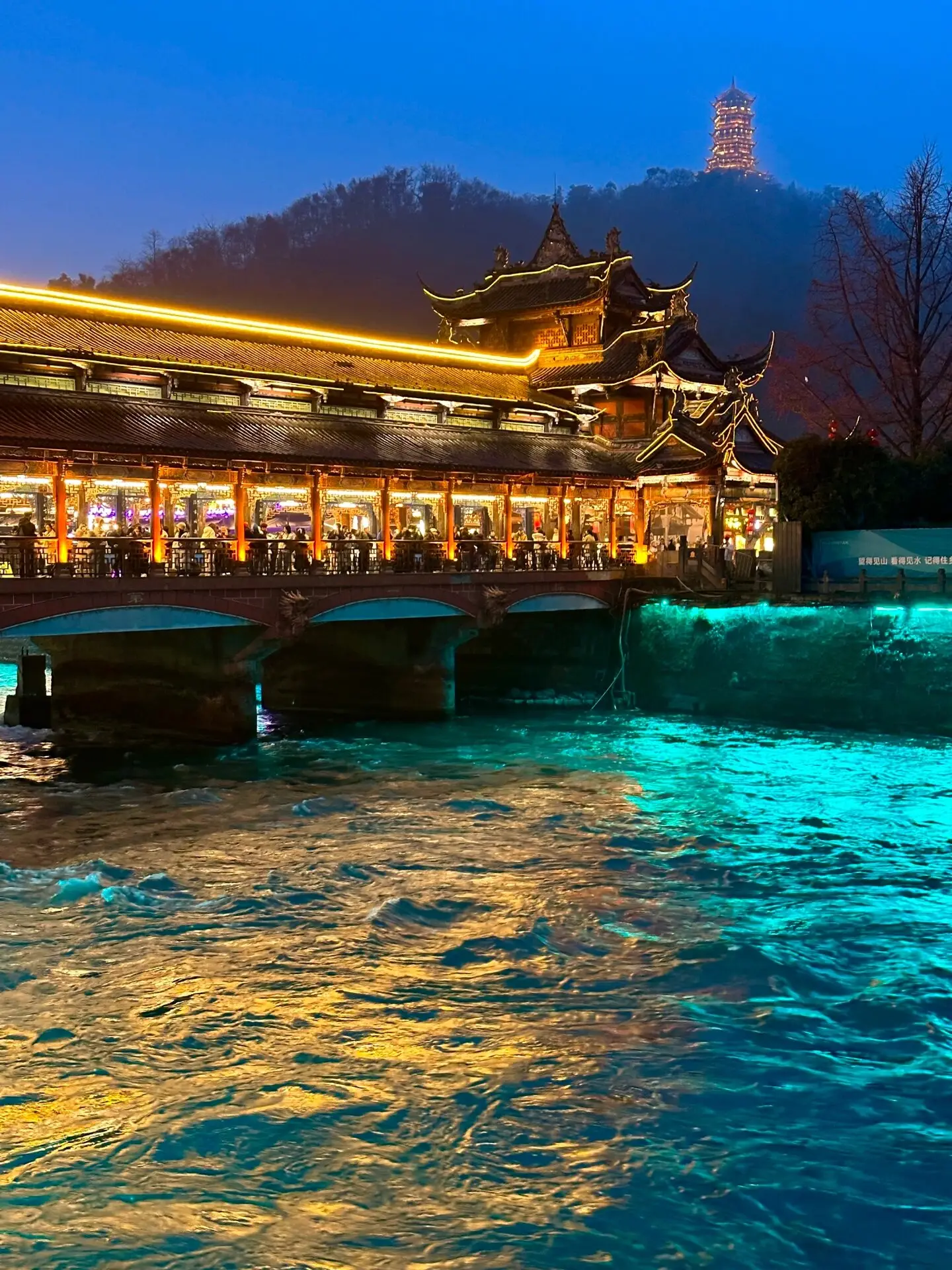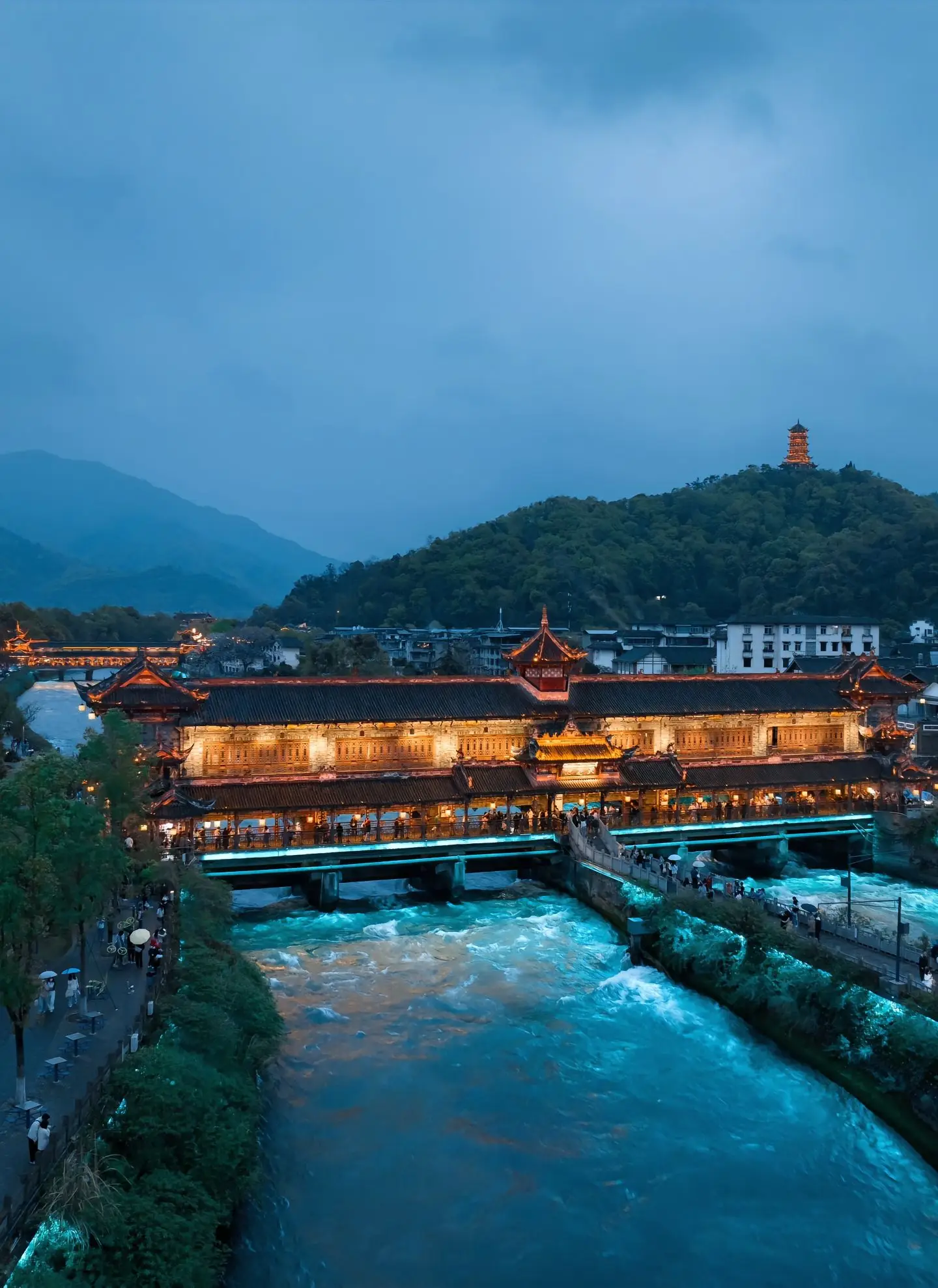Journey Through the Land of the Rising Sun: Your Essential Guide to Japan's Must-See Wonders
Stepping into Japan is like opening a book where ancient traditions are written on the same page as futuristic innovations. It’s a country that dances to a rhythm all its own, a harmonious blend of serene silence in a bamboo forest and the electrifying buzz of a downtown crossing. Planning a trip here can feel overwhelming, but that's where this guide comes in. We're not just listing places; we're unlocking experiences. This is your one-stop resource to uncover the iconic tourist attractions of Japan, understanding not just what to see, but how to experience them fully, navigating the practicalities, and creating memories that will last a lifetime.
Let's start our journey where the soul of old Japan still breathes deeply: Kyoto. Once the imperial capital, Kyoto is the heart of traditional Japanese culture. No visit is complete without witnessing the ethereal Fushimi Inari Shrine. While the initial main gates and structures are impressive, the true magic lies in the path behind them. This is the start of the Senbon Torii, the thousands of vermilion torii gates that wind their way up the sacred Mount Inari. My best advice for an unforgettable visit? Go early. I mean, sunrise early. Not only will you avoid the overwhelming crowds, but you’ll experience the gates in the soft, mystical morning light, with the sounds of the forest awakening around you. It’s a profoundly different experience from the midday rush. This is a prime example of a must-see shrine in Kyoto that rewards the proactive traveler.
A short train ride from central Kyoto will bring you to Arashiyama. The picture you’ve undoubtedly seen is of the Arashiyama Bamboo Grove. And yes, walking through that towering, swaying green corridor is as mesmerizing as it looks. But don't just snap your photo and leave. Take your time to explore the wider Arashiyama area. Visit the Tenryu-ji Temple with its stunning landscape garden, and consider a romantic, scenic boat ride down the Hozu River. For a truly unique perspective, head to the "Kimono Forest" at Arashiyama Station, a beautiful installation of transparent tubes filled with colorful kimono fabrics, especially enchanting at night. This approach transforms a quick stop into a deep cultural experience in Japan.
From the timeless elegance of Kyoto, we shoot forward into the future in Tokyo, a metropolis that never seems to sleep. Your first encounter with its scale will likely be the legendary Shibuya Crossing. It’s more than just a crosswalk; it’s a symbol of Tokyo's organized chaos. Standing there as the lights turn red and a tidal wave of humanity flows from all directions is a rite of passage. For the best view, grab a window seat at the Shibuya Starbucks or the Magnet by Shibuya 109 observation deck. This is a quintessential Tokyo bucket list experience.

For a change of pace, seek tranquility at the Meiji Jingu Shrine, dedicated to the deified spirits of Emperor Meiji and his wife. Nestled in a dense forest right in the heart of the city, stepping into Meiji Jingu is like entering another world. The noise of the city vanishes, replaced by the crunch of gravel underfoot and the chirping of birds. It’s the perfect place for a moment of reflection. Pair this with a walk through the adjacent Harajuku district, specifically Takeshita Street, to witness the incredible fashion subcultures of Japan's youth. This one-two punch of serene tradition and vibrant, quirky pop culture in the same afternoon is what makes Tokyo so uniquely captivating.
No Japanese itinerary is complete with a symbol as iconic as Mount Fuji. This perfectly symmetrical volcano is more than a mountain; it's a national icon. While climbing Mount Fuji is a popular goal during the short July-September season, for many, viewing it is the primary goal. The key to a successful Fuji encounter is location and weather. The best places to view Mount Fuji are from the Fuji Five Lake region (Fujigoko), particularly Lake Kawaguchiko. Here, you can see the mountain reflected perfectly on the lake's surface on a clear, calm day. Hakone, part of the Fuji-Hakone-Izu National Park, is another fantastic option, where you might see Fuji from a pirate ship on Lake Ashi or from a cable car. Always, always check the weather forecast before you go, as the majestic peak is often shy, hiding behind clouds.
If you have the time, a journey south will transport you to a different era in Nara, Japan's first permanent capital. The main draw here is Nara Park, a vast, green space that is home to over 1,200 freely roaming sika deer. Considered in Shinto beliefs to be divine messengers, these deer are surprisingly tame and will politely bow to you for a special cracker called shika senbei, which you can buy from vendors throughout the park. Your deer encounter will lead you to the awe-inspiring Todai-ji Temple. Housing the Great Buddha (Daibutsu), a bronze statue that is over 50 feet tall, the temple's main hall is one of the largest wooden buildings in the world. Walking through the massive Nandaimon Gate, guarded by two fierce-looking Nio statues, and into the hall to gaze upon the Buddha is a humbling experience. This makes for a perfect day trip from Kyoto or Osaka.
Speaking of Osaka, this city is the vibrant, down-to-earth counterpoint to Kyoto's refinement. Osaka is Japan's kitchen, and the best street food in Osaka is found in the Dotonbori district. As night falls, the area explodes in a symphony of neon lights, giant animated signs (like the famous Glico Running Man and the giant moving crab), and the irresistible aroma of grilling food. You must try takoyaki (octopus balls) and okonomiyaki (a savory pancake) from a bustling street stall. It’s a feast for all the senses. For a different vibe, visit the majestic Osaka Castle, a beautiful reconstruction that stands as a symbol of the city's powerful past.
Now, let's tackle the practicalities that will make your trip smooth. The Japan Rail Pass (JR Pass) is a topic of much debate. It offers unlimited travel on most JR trains, including the famous Shinkansen (bullet trains), for a set period. It can be a fantastic money-saver if you are doing a lot of long-distance travel (e.g., Tokyo-Kyoto-Osaka-Hiroshima). However, if your itinerary is confined to one region, like Kansai (Kyoto, Osaka, Nara), it might not be cost-effective. Calculate your planned trips online before you buy. For getting around cities, an IC card like Suica or Pasmo is indispensable. You can load them with credit and tap your way through subways and buses—incredibly convenient.
When it comes to etiquette tips for travelers in Japan, don't be nervous, but be mindful. The Japanese are incredibly forgiving of tourists, but a little effort goes a long way. Key points include: speaking quietly on public transport, not eating while walking, and learning to use a few basic phrases like "Arigatou gozaimasu" (Thank you). When visiting temples and shrines, it's customary to wash your hands and mouth at the chozuya water pavilion before entering. When you encounter a torii gate, it's respectful to bow slightly before passing through.
Finally, remember that Japan's beauty is seasonal. The cherry blossom season in spring and the vibrant autumn foliage are spectacular but also the most crowded. Summer can be hot and humid, while winter offers crisp air and beautiful illuminations. There's no bad time to visit, only different shades of beautiful.
Your journey through Japan will be a tapestry of these moments—the bow of a deer in Nara, the first bite of a perfect piece of sushi in a tiny Tokyo restaurant, the silent awe of a golden temple, and the friendly "Irasshaimase!" welcome from every shopkeeper. It's a country that invites you to look closer, to wander down a side street, and to be present. By using this guide to navigate its iconic sights, you're not just planning a vacation; you're preparing for an adventure that will captivate your heart and linger in your mind long after you've returned home.



发表评论